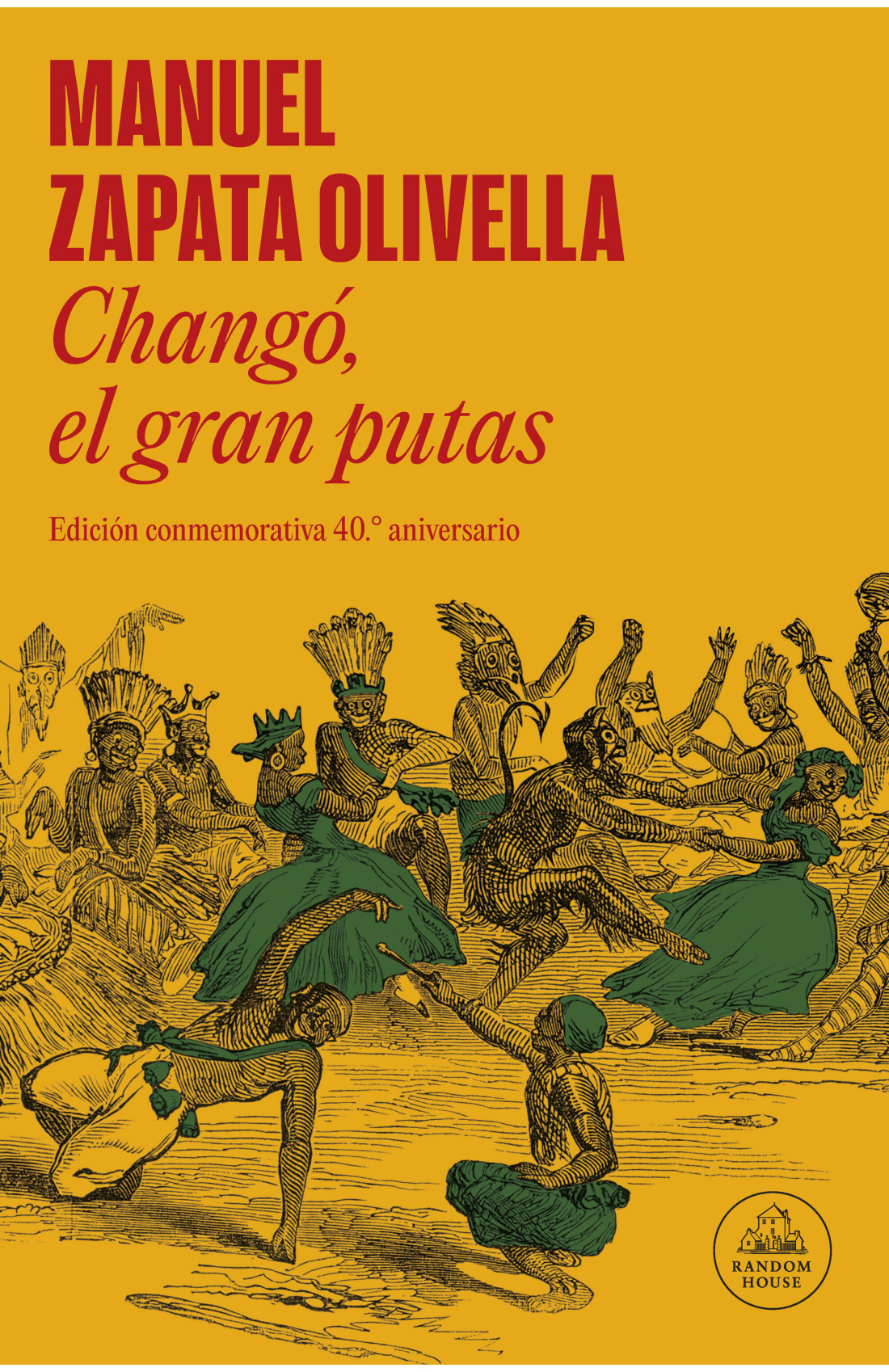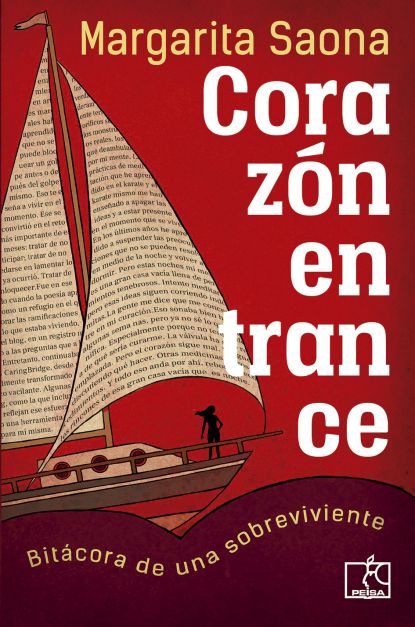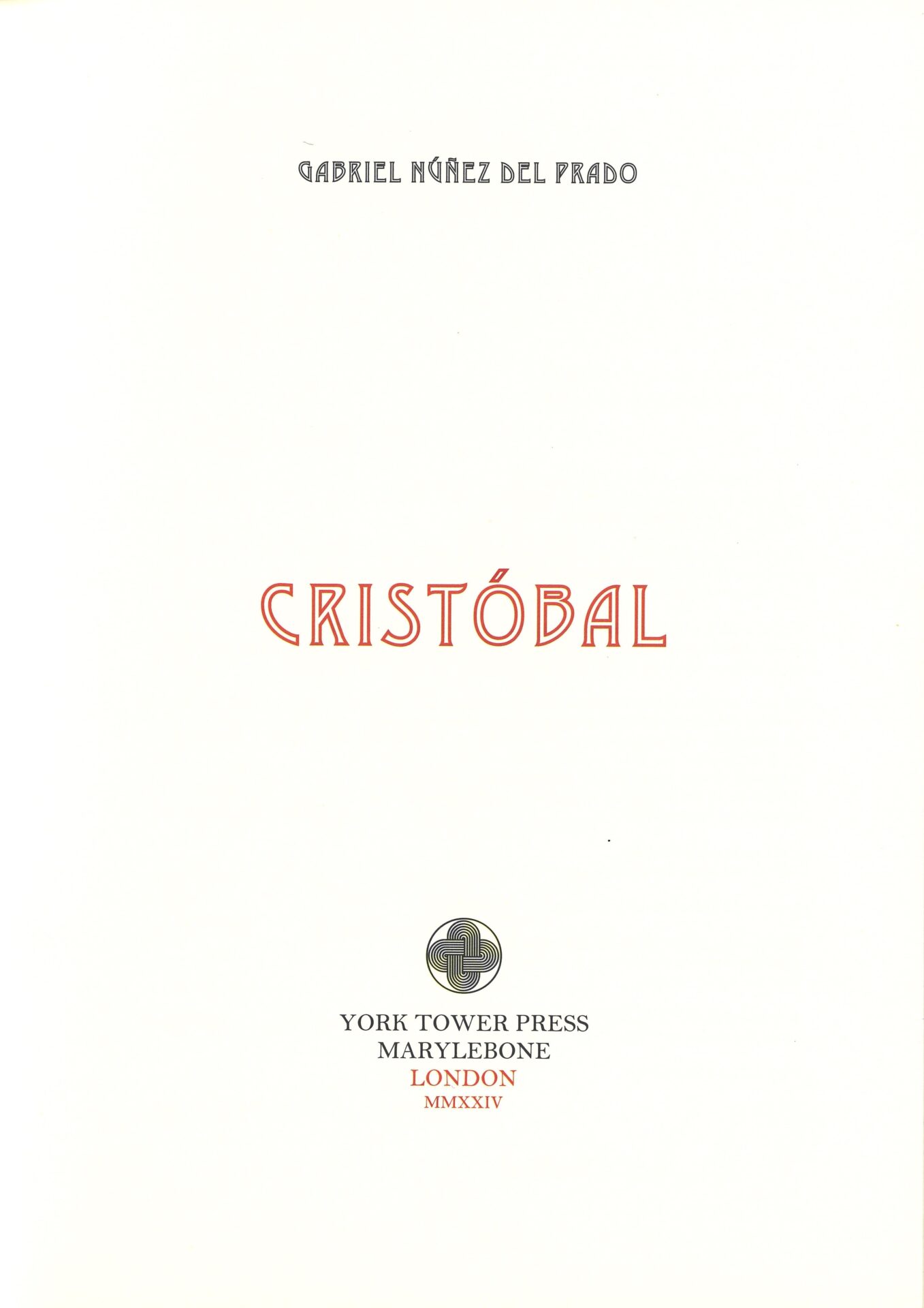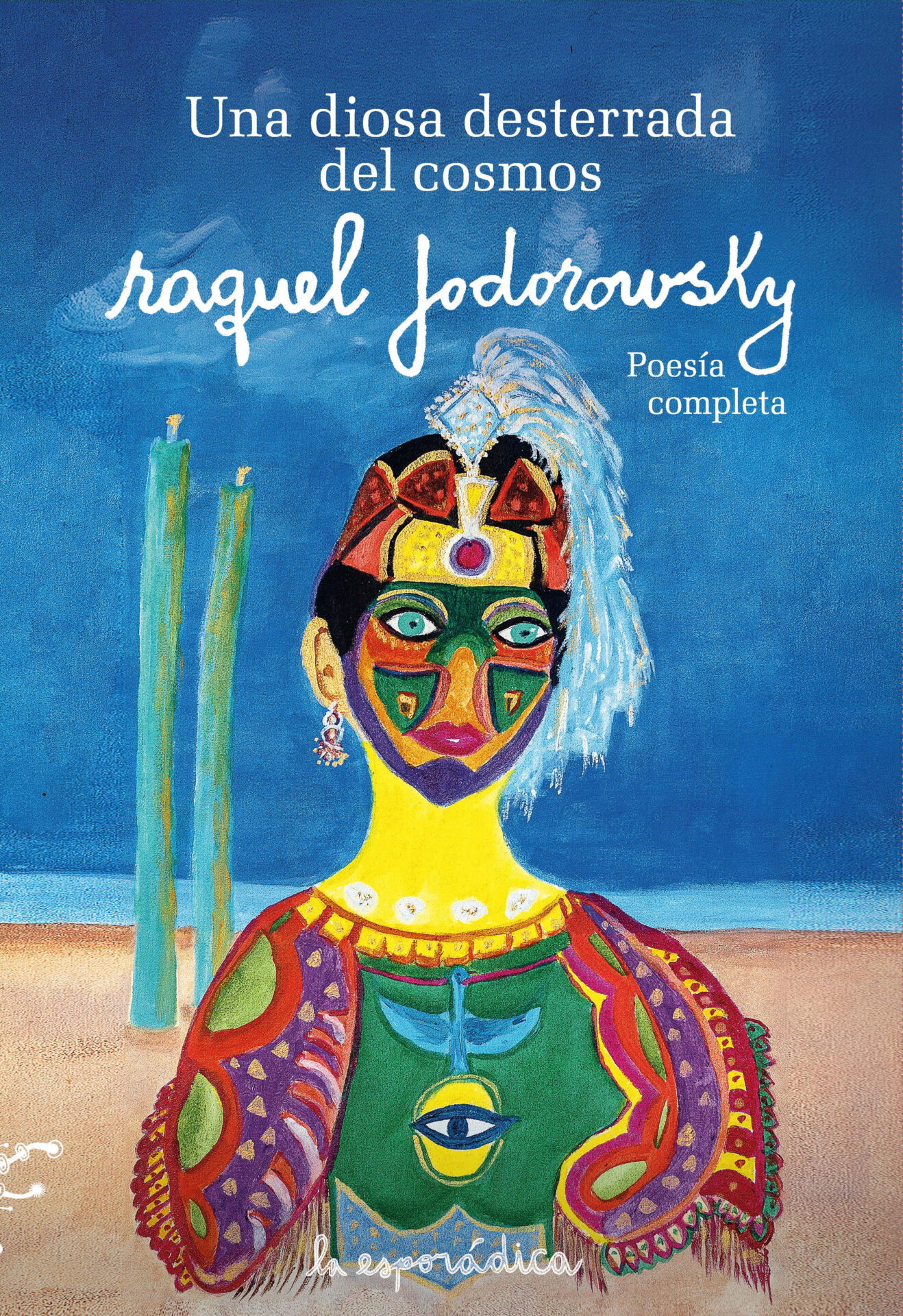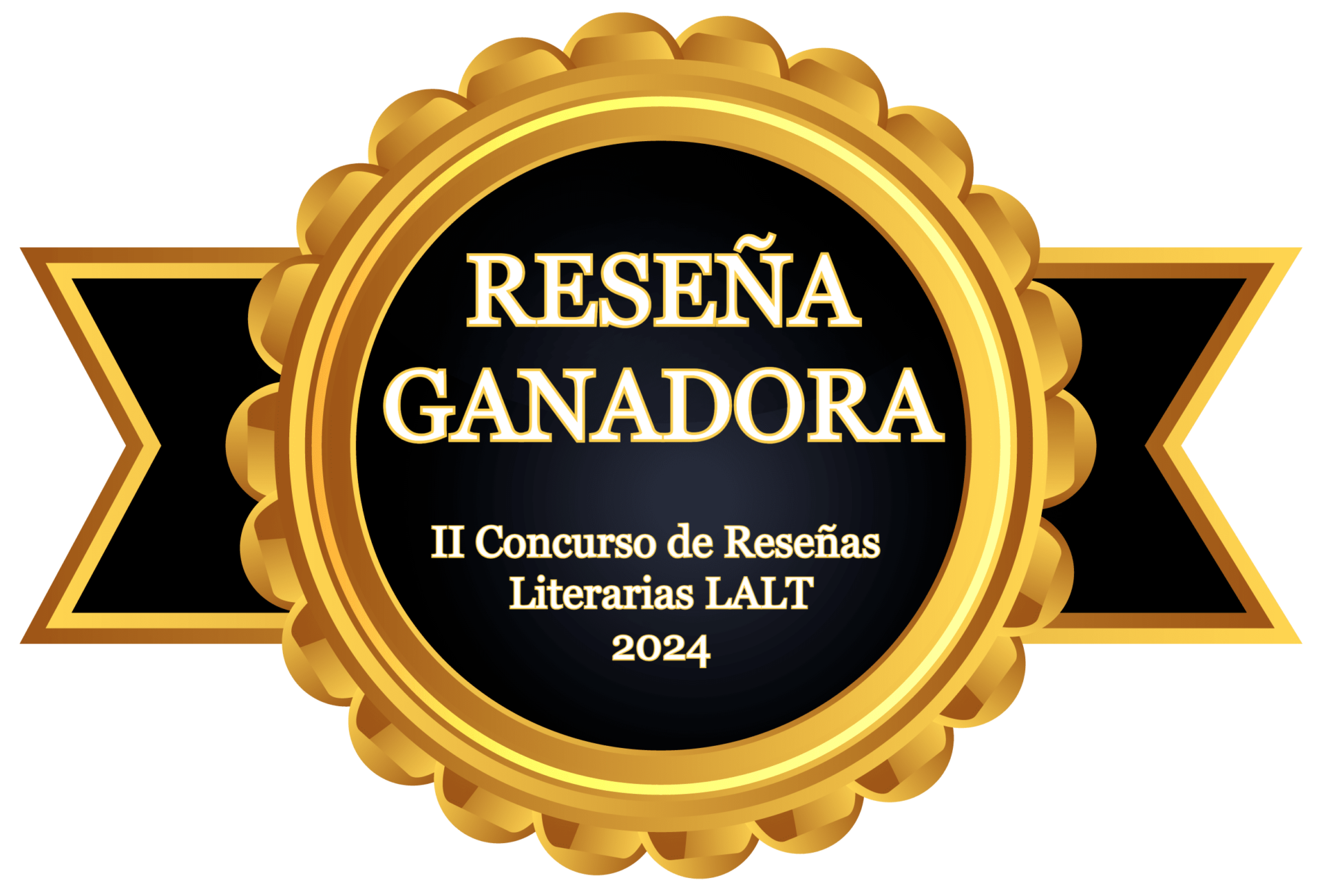
Barcelona: Alfaguara, 2023. 159 pages.
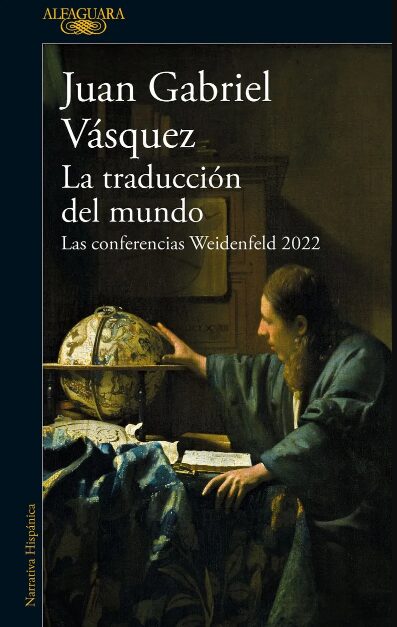 2011 was a decisive year for Juan Gabriel Vásquez (Bogotá, 1973): the fourteenth Alfaguara Novel Prize fell to El ruido de las cosas al caer (translated as The Sound of Things Falling by Anne McLean), consolidating his brief but brilliant career as a novelist. Up until then, he had published the short story collection Los amantes de Todos los Santos (2001; Lovers on All Saints’ Day, tr. Anne McLean) and the novels Los informantes (2004; The Informers, tr. Anne McLean) and Historia secreta de Costaguana (2007; The Secret History of Costaguana, tr. Anne McLean). Later would come equally deserved prizes for his incursions into the short novel with Las reputaciones (2013; Reputations, tr. Anne McLean), the detective novel with La forma de las ruinas (2015; The Shape of the Ruins, tr. Anne McLean), and what we might call the nonfiction novel with Volver la vista atrás (2020; Retrospective, tr. Anne McLean). Already in his essay collection El arte de la distorsión (2009) there are some clues, but the clearest harbinger of the book at hand in this note appeared at the end of his decisive 2011, in the one hundred twenty-fifth issue of the magazine El Malpensante, in an article titled—not unironically—“Decálogo imperfecto del imperfecto novelista.” Here, the author brings together seven revelations on the craft. The last one reads as follows: “For the novelist, the novel does things that no human invention can do, and the world does not exist until it is narrated in a novel. The novelist holds this to be an absolute truth, even though it is not one.”
2011 was a decisive year for Juan Gabriel Vásquez (Bogotá, 1973): the fourteenth Alfaguara Novel Prize fell to El ruido de las cosas al caer (translated as The Sound of Things Falling by Anne McLean), consolidating his brief but brilliant career as a novelist. Up until then, he had published the short story collection Los amantes de Todos los Santos (2001; Lovers on All Saints’ Day, tr. Anne McLean) and the novels Los informantes (2004; The Informers, tr. Anne McLean) and Historia secreta de Costaguana (2007; The Secret History of Costaguana, tr. Anne McLean). Later would come equally deserved prizes for his incursions into the short novel with Las reputaciones (2013; Reputations, tr. Anne McLean), the detective novel with La forma de las ruinas (2015; The Shape of the Ruins, tr. Anne McLean), and what we might call the nonfiction novel with Volver la vista atrás (2020; Retrospective, tr. Anne McLean). Already in his essay collection El arte de la distorsión (2009) there are some clues, but the clearest harbinger of the book at hand in this note appeared at the end of his decisive 2011, in the one hundred twenty-fifth issue of the magazine El Malpensante, in an article titled—not unironically—“Decálogo imperfecto del imperfecto novelista.” Here, the author brings together seven revelations on the craft. The last one reads as follows: “For the novelist, the novel does things that no human invention can do, and the world does not exist until it is narrated in a novel. The novelist holds this to be an absolute truth, even though it is not one.”
La traducción del mundo—the translation of the world—is the title of the four lectures Vásquez gave in October and November of 2022 as the Weidenfeld Visiting Professor of European Comparative Literature at Oxford University. This prestigious lecture series has featured authors as esteemed as Javier Cercas, Roberto Calasso, Mario Vargas Llosa, Umberto Eco, and George Steiner. The corresponding book is divided into a prologue and four parts, each of which is titled and dated, evoking the public talks from which they are derived. This sequence also serves a noble purpose: to lighten the essay, to lend movement to these hundred-and-a-half pages that wonder, in a number of ways: What is it that those who dedicate themselves to writing fiction actually do? And what tensions intertwine the craft, politics, and History?
In these pages, the travels themselves are less important than their memorable nature: there is a walk through the streets of London alongside novelist Hisham Matar, and another through Wolvercote Cemetery in search of the tombstone of Isaiah Berlin. There is a visit to New York’s Metropolitan Museum of Art, and another to the Bodleian Library, where we are shown an antique edition of Robinson Crusoe. The Wandermotif, or motif of the journey, clothes the essayistic voice in the trench coat of the fervent and fascinating investigator, peeking over crags of suspense in the style of a nineteenth-century romantic. This is a formal breakthrough that, along with his almost forensic dissection of reproductions of paintings, sculptures, photographs, declassified documents, and press cuttings, brings to mind writers like W.G. Sebald and the Javier Marías of Negra espalda del tiempo (1998; Dark Back of Time, tr. Esther Allen). It is notable how, as the pages turn, Vásquez’s prose—a prose that advances with unhurried elegance and measured strength—gradually envelops the paths he travels in the dark, now-familiar enchantment that his many readers seek in his books.
“More than letters to a young novelist or recommendations on how to write a good novel, La traducción del mundo offers a series of reflections on the writing of fiction.
One passage stands out, among others, for its almost unbearable effect of closeness, for how it leads us into the writer’s highly personal backrooms. It is found in the part “Tiempo y ficción: Octubre 27, 2022,” in the section titled Los huesos. Here, the narrator tells to what extent one of his works of fiction—Los informantes—came to pry into his real life, forever changing its course. The story goes, moved after reading the then-newly-published novel, a real-life doctor called up Vásquez to show him the bones of illustrious Colombians: the broken skull of general Rafael Uribe Uribe, and a glass flask in which there floated a vertebra of Jorge Eliécer Gaitán. Albeit in different years, both men were violently assassinated in central Bogotá. “Now it seems clear to me,” Vásquez writes, “that it was at that precise instant when my novel La forma de las ruinas, which would be published a decade later, was born.” The threads that intertwine History, politics, and fiction are long indeed.
Perhaps the idea best harnessed in this book is that of “working the past”: the past as a fallow field that, if left to its own devices, will be occupied by powerful forces. History as exploitative capital for political discourse, with which to put forward false narratives as desired; that is to say, what the French thinker of Bulgarian origin Tzvetan Todorov called “the abuses of memory.” The novel, then, becomes a way to dispute, to chime in, to add “truths” or versions of truth through a fictitious plot. In this sense, the place of the novelist has certain ethical coordinates, and the novelist’s role is related to that of Albert Camus’s man in revolt: someone who is able to say no, and who thus starts to translate the “arbitrarily cruel” world of our History to the arbitrarily cruel world of fiction.
More than letters to a young novelist or recommendations on how to write a good novel, La traducción del mundo offers a series of reflections on the writing of fiction. It is relevant to ponder this subject with an eye to the phenomena of our era. These are times permeated by post-truth and “little fundamentalisms,” including so-called cultural appropriation. What place does fiction now hold in our societies? Could its place be as vulnerable as that of truth? If novelists tell stories from other voices—which is what happens in Volver la vista atrás—and if they tell us things that are inconvenient for some, can they get away with it using the excuse that this is an ancient tradition? If we collect the memories and secrets of others—just as Antonio Yammara does in El ruido de las cosas al caer—how can we redeem ourselves?
Likewise, we must ask ourselves in closing, to whom are these written lectures addressed? The lack of elaboration on certain ideas—“moral imagination,” for instance—seems to invite a veteran reader. But the lack of an onomastic index—atypical in a book with so many citations—conversely seems to invite an occasional reader. I don’t know. In any case, it is my view that these walking meditations, these inquiries into certain zones of darkness, find their natural recipient in those readers who write as well, and who, precisely because they write, fall in turn into similar reflections. So many devotees of the story and the novel, as cultivators of these genres, will find here a temporary place of respite. A refuge in which these walkers might catch their breath and stock up on the necessary provisions before returning to the solitude of their own paths, at the margins of a world that, with luck, they will someday translate themselves.

